Rank Species | Scientific name Pandalus borealis Higher classification Pandalus | |
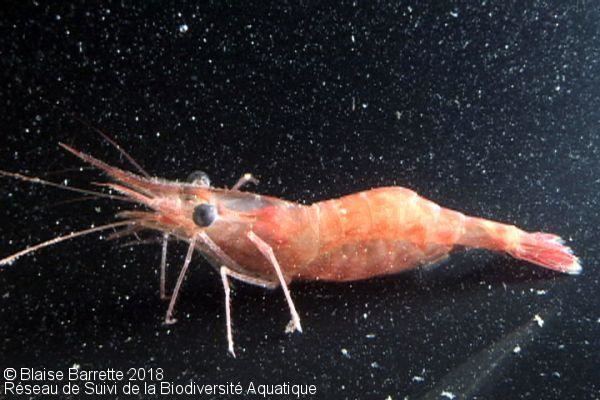 | ||
Similar Giant tiger prawn, King crab, Chinese white shrimp, Haddock, Spiny lobster | ||
Geothermal energy and pandalus borealis full video
Pandalus borealis is a species of caridean shrimp found in cold parts of the Atlantic and Pacific Oceans. The FAO refers to them as the northern prawn. Other common names include coldwater prawn, pink shrimp, deepwater prawn, deep-sea prawn, great northern prawn, crevette nordique and northern shrimp.
Contents
- Geothermal energy and pandalus borealis full video
- Geothermal energy and pandalus borealis part b
- Distribution
- Physiology
- Commercial fishing
- Uses
- References

Geothermal energy and pandalus borealis part b
Distribution
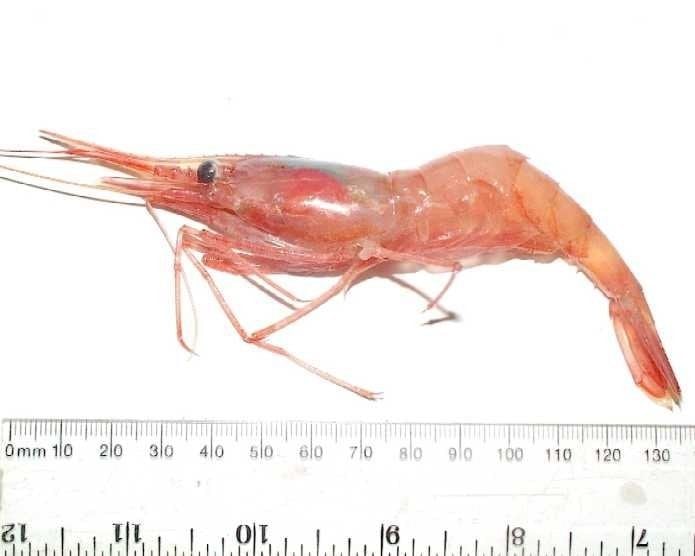
P. borealis lives at depths of 20–1,330 m (66–4,364 ft), usually on soft muddy bottoms, in waters with a temperature of 0–8 °C (32–46 °F). The distribution of the nominate subspecies P. b. borealis in the Atlantic ranges from New England, Canada's eastern seaboard (off Newfoundland and Labrador and eastern Baffin Island in Nunavut), southern and eastern Greenland, Iceland, Svalbard, Norway and the North Sea as far south as the English Channel. In the Pacific, P. b. eous is found from Japan, through the Sea of Okhotsk, across the Bering Strait, and as far south in North America as Washington state.
Physiology

In their 8-year lifespan, males can reach a length of 120 mm (4.7 in), while females can reach 165 mm (6.5 in) long.
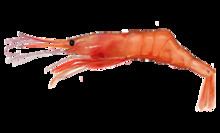
The shrimp are hermaphroditic. They start out male, but after a year or two, their testicles turn to ovaries and they complete their lives as females.
Commercial fishing
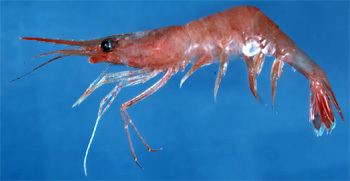
P. borealis is an important food resource, and has been widely fished since the early 1900s in Norway, and later in other countries following Johan Hjort's practical discoveries of how to locate them. In Canada, these shrimp are sold peeled, cooked and frozen in bags in supermarkets, and are consumed as appetizers.
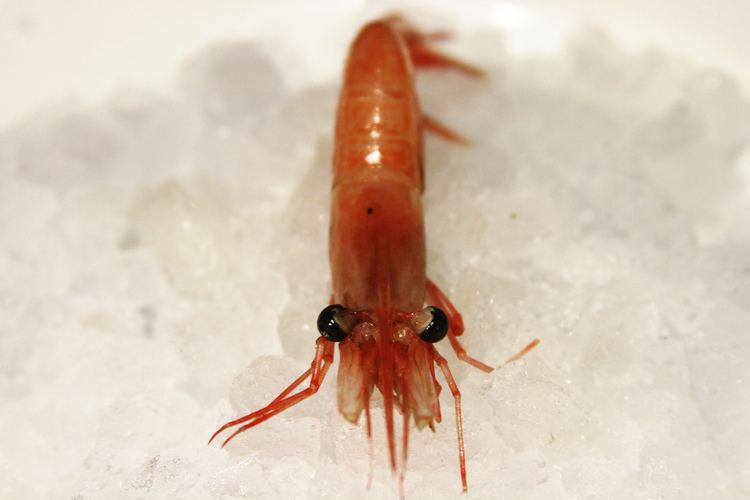
Northern shrimp have a short life, which contributes to a variable stock on a yearly basis. However, the species is not considered overfished due to a large amount reported and a large amount harvested.
In Canada, the annual harvest limit is set to 164,000 tonnes (2008). The Canadian fishery began in the 1980s and expanded in 1990s.
In 2013 the Atlantic States Marine Fisheries Commission determined that stocks of P. borealis were too low and shut down the New England fishery. This was the first cancellation in 35 years.
Uses
Beyond human consumption, shrimp alkaline phosphatase (SAP), an enzyme used in molecular biology, is obtained from Pandalus borealis, and the species' carapace is a source of chitosan, a versatile chemical used for such different applications as treating bleeding wounds, filtering wine or improving the soil in organic farming.
